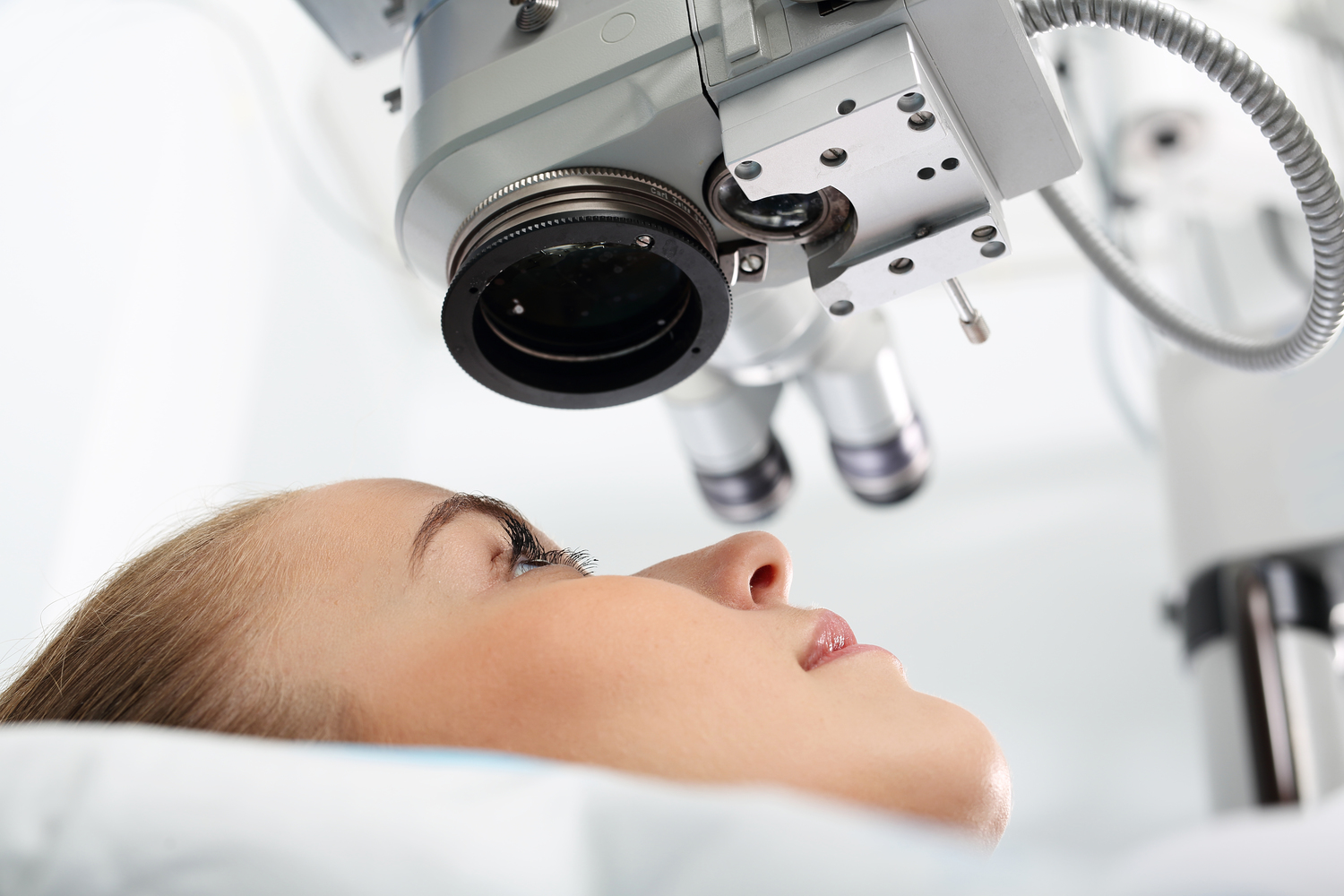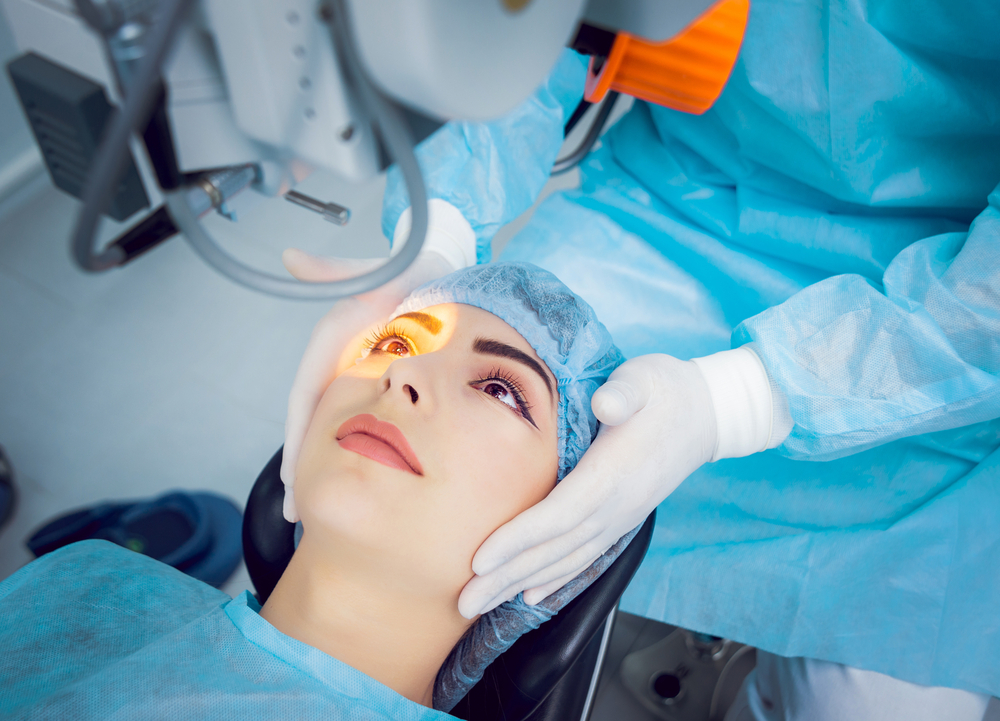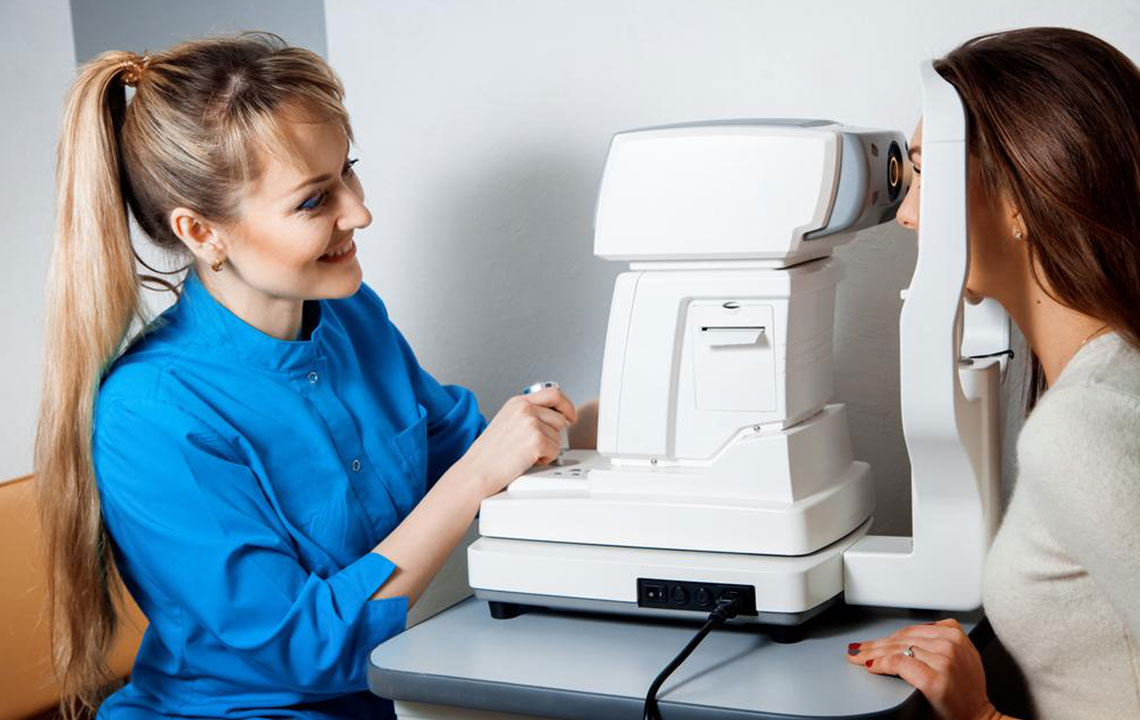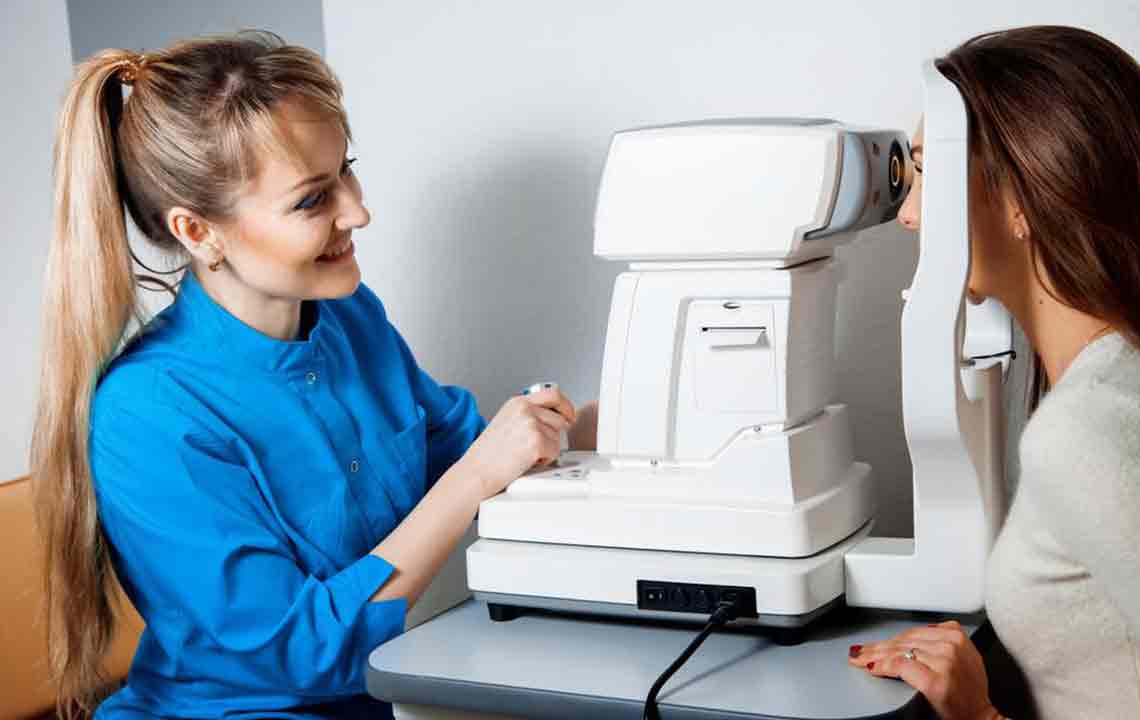Comprehensive Guide to Cataract Treatment Methods
This article explores cataract treatment options, including laser-assisted surgery, traditional methods, costs, early symptoms, and potential complications. It provides comprehensive insights into managing and treating cataracts effectively, offering patients essential knowledge about modern and conventional procedures, cost considerations, and lifestyle modifications to improve vision health.

Methods for Managing Cataracts
Managing Cataracts Effectively
Cataracts, characterized by clouding of the eye's lens, hinder light passage and impair vision over time. Although primarily affecting older adults, individuals in their 30s and 40s may also experience this condition due to injuries, medications, inflammation, or underlying health issues like diabetes. Our eyes serve us well throughout life, but many people might need corrective measures such as glasses, contacts, or surgery to restore clear sight.
A leading cause of treatable visual impairment is cataracts.
How does laser-assisted cataract surgery work?
Traditional cataract surgery involves manual instruments requiring expert precision.
Now, femtosecond laser technology performs key surgical steps, enhancing accuracy.
This represents a modern cataract treatment choice.
Laser procedures may reduce pressure on delicate eye structures like the retina during surgery.
The femtosecond laser improves precision during critical parts of the operation, leading to consistent outcomes.
Laser technology allows for detailed and controlled incisions, improving surgical results.
Microsurgical tools gently fragment and remove the clouded lens tissue.
After removal, a small, flexible intraocular lens (IOL) is implanted, replacing the natural lens.
These IOLs vary from standard to advanced multi-focal or toric options for better vision correction.
What is the typical cost of cataract surgery without insurance?
Patients in the U.S. without insurance will find costs vary; Medicare or private insurance greatly reduce expenses.
Without coverage, charges may resemble those for refractive lens exchange (RLE), an elective procedure similar to cataract surgery.
RLE involves replacing a clear lens to correct refractive errors before cataracts develop.
Adjustment of severe myopia or hyperopia is possible by replacing the natural lens with an IOL, reducing reliance on glasses or contacts.
The average RLE cost ranges from about $3,600 to $5,900 per eye.
Early signs of cataracts include:
Gradual loss of clear vision
Sensitivity to glare and bright lights
Difficulty seeing in low light or darkness
Double vision in one eye
Need for brighter lighting to read
Colors appearing dull or yellowed
Managing initial cataract symptoms involves lifestyle adjustments:
Getting new prescription glasses
Using brighter, well-lit environments
Wearing anti-glare sunglasses outdoors
Using magnifying lenses for reading and distance
Potential risks of cataract surgery include:
Infection risk during or after surgery, causing pain and redness
Retinal detachment, a serious complication involving the back of the eye
Intraoperative fragments or pieces left behind, leading to future issues
Blood vessel leakage causing swelling and blurred vision
What is traditional cataract removal?
This widely used procedure involves removing the cloudy lens and replacing it with an artificial IOL.
It is regarded as safe, effective, and accessible in modern eye care.










